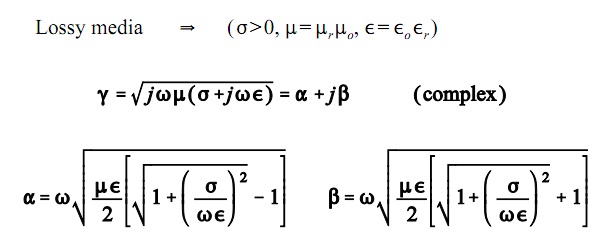It is quite well known that wireless signals travel further at lower frequencies. This phenomenon has become particularly important in the context of LTE where a frequency band has been allocated at 700MHz. We would like to quantify the benefits that can be achieved by using this frequency band.
Firstly we find the received signal power at 728 MHz (lowest downlink frequency) and at 3600 MHz (highest downlink frequency) in a free space line of sight channel. The transmit power is set to 1 W and omnidirectional antennas are considered at the transmitter and receiver. The received power for these two frequencies at a distance of 1000 m is found out to be -59.68dBm and -73.57dBm respectively i.e. there is a gain of 13.88 dB by using the lower frequency band. In simpler terms the signal power would be more than 20 times stronger at the lower frequency. This result can also be simply obtained by taking the square of the ratio the two frequencies.
(3600/728)^2 = 24.45
Similarly compared to a frequency of 1805 MHz, the signal at 728 MHz would be more than 6 times stronger.
(1805/728)^2 = 6.1474
Now we turn our attention to the penetration loss i.e. how much would the signal attenuate when passing through a concrete wall. For this we would have to calculate the attenuation constant (alpha) which is given as:
Alpha, the attenuation constant is the real part of the propagation constant gamma whereas Beta, the phase constant, is the imaginary part. These quantities depend upon the frequency, relative permittivity, relative permeability and conductivity of the material. The penetration loss can then be found as -20*log10(exp(-alpha*thickness)). Using the properties of concrete the penetration loss at 728 MHz and at 1805 MHz is found out to be 4.16 dB and 10.38 dB i.e. there is a gain of 6.22 dB when using the lower frequency. In simpler terms the signal at the lower frequency would be more than 4 times stronger. We have considered a concrete wall of 10 cm thickness.
It is quite evident that the frequency of operation plays a big role in determining the propagation loss and the penetration loss. The frequency band of 728-746 MHz would thus be a prized commodity and operators would be willing to pay handsome amount to secure it.
Note:
1. We have ignored the reflection that occurs at the interface as its effect is comparably quite small.
2. Following were the material properties of concrete used in the calculation for penetration loss.
728 MHz Relative permittivity = 4.5775 Relative permeability = 1.0000 Conductivity = 0.055 1805 MHz Relative permittivity = 4.1000 Relative permeability = 1.0000 Conductivity = 0.1300
Author: Yasir
More than 20 years of experience in various organizations in Pakistan, the USA, and Europe. Worked with the Mobile and Portable Radio Group (MPRG) of Virginia Tech and Qualcomm USA and was one of the first researchers to propose Space Time Block Codes for eight transmit antennas. Have publsihed a book “Recipes for Communication and Signal Processing” through Springer Nature.

4 thoughts on “Propagation and In-Building Penetration at 700MHz”
Hi,
Helpful post,
Can you please provide the reference for Penetration loss equation:
PL= -20*log10(exp(-alpha*thickness))
Thanks
Hello,
You can find the formula in any book on Electromagnetics and Wave Propagation.
http://en.wikipedia.org/wiki/Attenuation_coefficient
John
Any tips on how two shops in two buildings across from one another could connect via wireless. The tricky bit is the shops are in the car park of each building, making no line of site.
One thing that comes to mind is the antenna radiation pattern. Most practical antennas are directional and it would help if the main beams of the two antennas are pointed at each other. And of course lower the frequency better the penetration.
John